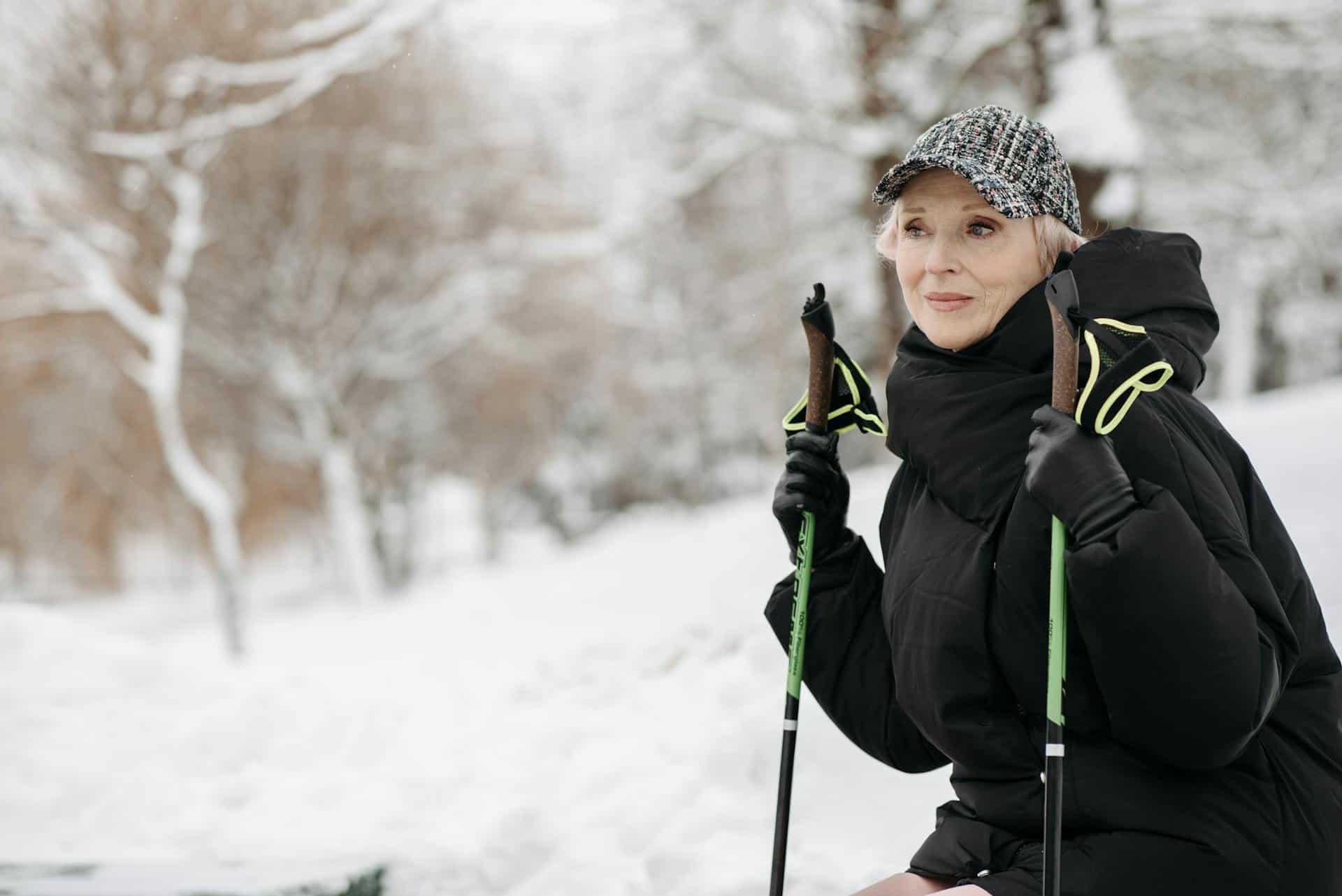Travel is a passion that doesn’t fade with age. Many older adults continue to crave fresh air on mountain trails, the freedom of open roads, or the quiet joy of a hidden village abroad. Age might slow down the pace, but it doesn’t take away the thrill of exploring places off the beaten path. What matters most is striking a balance between remote adventures and safety, so every trip feels both exciting and secure.
For older adventure travelers, especially those venturing into remote areas, a few steps can make a big difference. Practical choices such as packing medications properly, booking a ground-floor room, or using medical alert bracelets, help turn challenges into confidence. These small hacks let older travelers focus on the beauty of the journey instead of worrying about “what ifs.”
Why Remote Travel Still Calls To Older Adults
There’s a unique sense of freedom that comes with remote destinations. Older people who have spent decades working or raising families often see travel as their reward. The quiet landscapes, fresh air, and chance to disconnect are deeply appealing. Hiking trails, scenic drives, or even rural cultural experiences provide a sense of renewal.
Yet, the more remote the destination, the fewer resources are available if something goes wrong. Hospitals may be miles away, and mobile signals can be unreliable. That’s why planning with safety in mind is not just practical—it’s empowering. Older folks can still follow their hearts, but with a little preparation, they can do so without unnecessary risks.
Packing Smart: Medications and Essentials
Medication is one of the first things to plan for. Running out of daily prescriptions in the middle of a trip can quickly derail even the most exciting journey.
Older adults should always:
- Carry more than enough medication for the entire trip.
- Keep medicines in original containers for clarity and border checks.
- Split supplies between carry-on and checked luggage to avoid loss.
Other essentials include a basic first-aid kit, extra contact lenses or glasses, and a written copy of important medical information. Having these items on hand avoids scrambling for help when minor issues arise. It also makes it easier for companions or local caregivers to step in if needed.
The Case for Simple Safety Gear
Safety gear doesn’t need to be…
Click Here to Read the Full Original Article at Go Backpacking…
